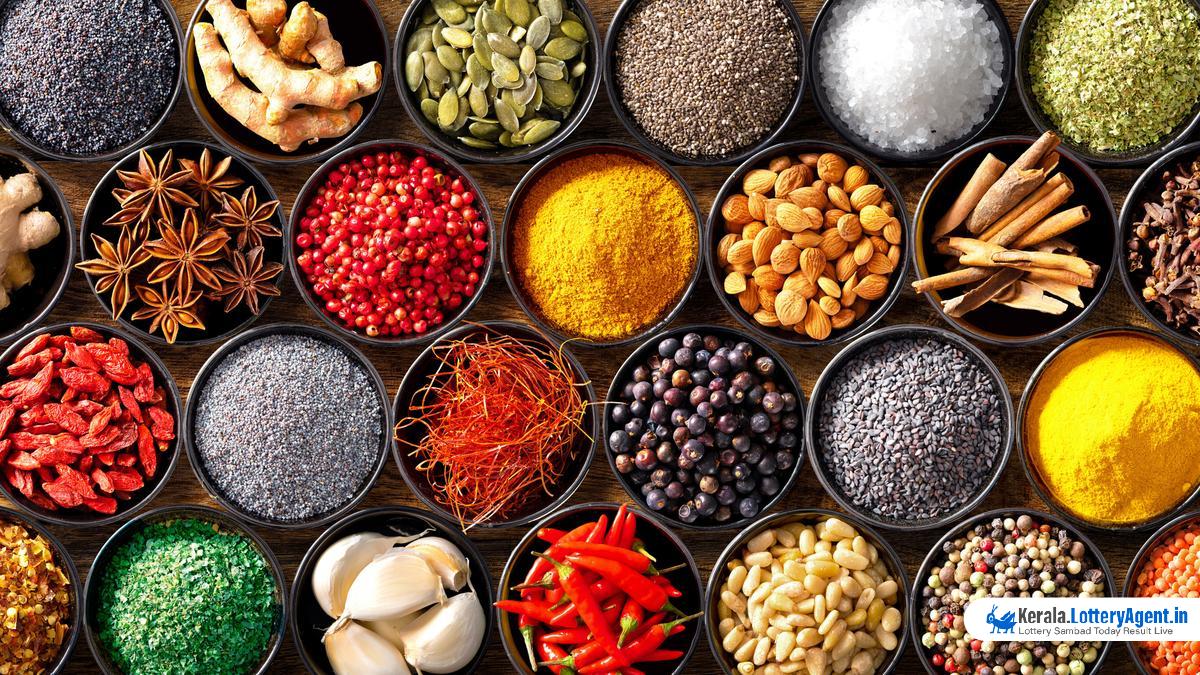
The Indian spice export industry is currently shrouded in controversy as it becomes the focus of a multi-country investigation into food safety. Nations such as Singapore, Hong Kong, and the United States have raised alarms over the presence of ethylene oxide—a toxic pesticide—detected beyond permissible limits in spice mixes from two of India’s top brands, MDH and Everest. This development has spurred not only an international outcry but has also led to a heightened sense of urgency for India’s domestic food safety governance.
Reports emerging from this international examination have cast a pall over the confidence consumers place in some of India’s most trusted brands. Allegations revolve around the discovery of ethylene oxide, exceeding the allowable limits in food stabilizers meant for human consumption. This substance, while useful as an industrial chemical and in agriculture, poses significant health risks including carcinogenic outcomes following long-term exposure.
The gravity of the situation was first felt when Hong Kong’s Centre for Food Safety suspended the sale of various spice blends from MDH and Everest. Shortly after, Singapore issued a recall for Everest’s spice mix due to the prohibited use of ethylene oxide, a statement that echoed concerns about the potential cancer risks associated with these products. The seriousness of these concerns has rippled across regulatory bodies worldwide, prompting a concerted effort to evaluate and, if necessary, recall these spice mixes.
In response to the crisis, India’s Spices Board has instituted mandatory product testing for exports and reinforces strict compliance measures among producers. However, with a history of food safety controversies, including past recalls of other food products for salmonella contamination, regulatory bodies such as the U.S. FDA have been cautiously monitoring and, in some cases, denying entry of Indian spice products into their country.
With MDH and Everest at the heart of the scandal, the question arises: how have such elevated levels of ethylene oxide gone undetected and made their way into international markets? Both companies have ardently refuted the allegations of contamination, with MDH releasing a statement asserting their compliance with safety and regulatory standards. Everest’s response also echoed a similar sentiment of adhering to safety protocols in the absence of official communication from the allegations’ source countries.
Stringent measures have been put in place by the Spices Board to mitigate the emergent risks, including comprehensive guidelines on preventing contamination and alternatives to ethylene oxide use. Yet, domestic concern persists as recent surveys reveal an alarming percentage of Indian consumers questioning the efficacy of FSSAI, their national food safety authority.
Despite claims from the industry and promises from regulatory agencies, a cloud of doubt hangs over the spice giants and the safety of India’s edible exports. From small cooperative farmers to multinational spice brands, the implications of these findings could potentially damage the socio-economic fabric of India’s agricultural export sector.
As governments and consumers demand greater transparency and accountability, the recent string of events serves as a sobering reminder of the extensive work that lies ahead in reassuring global and domestic markets of the safety and integrity of India’s vaunted spice industry. With nearly $700 million in exports now under tight scrutiny and the threat of regulatory actions by key importers looming large, India finds its spice trade at a precarious crossroads in ensuring the future of one of its most aromatic and culturally significant exports.












